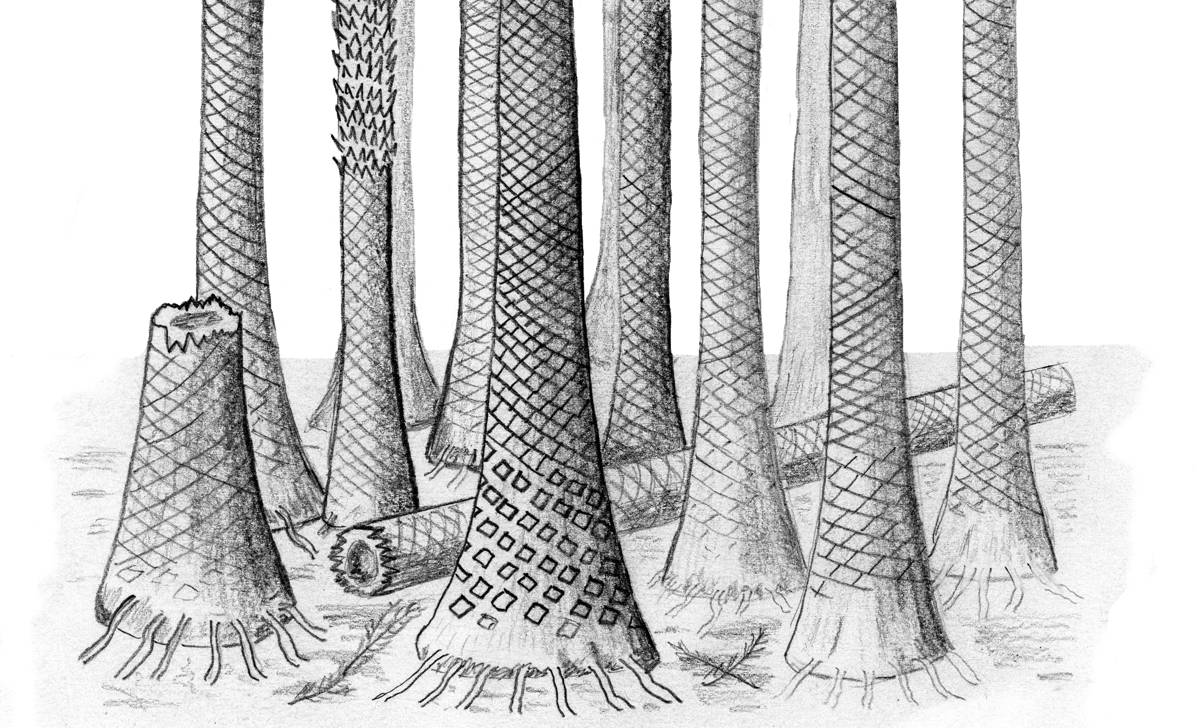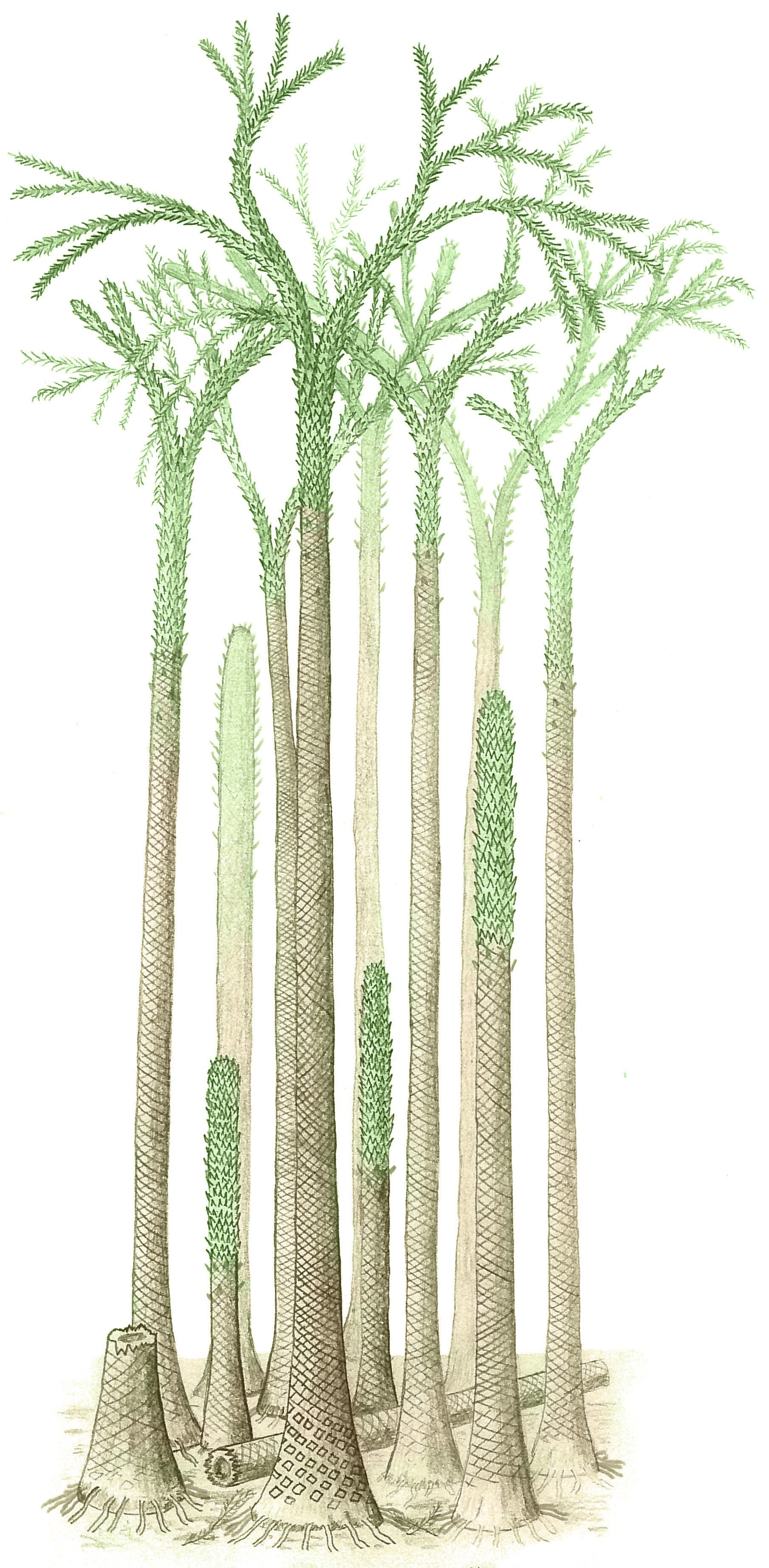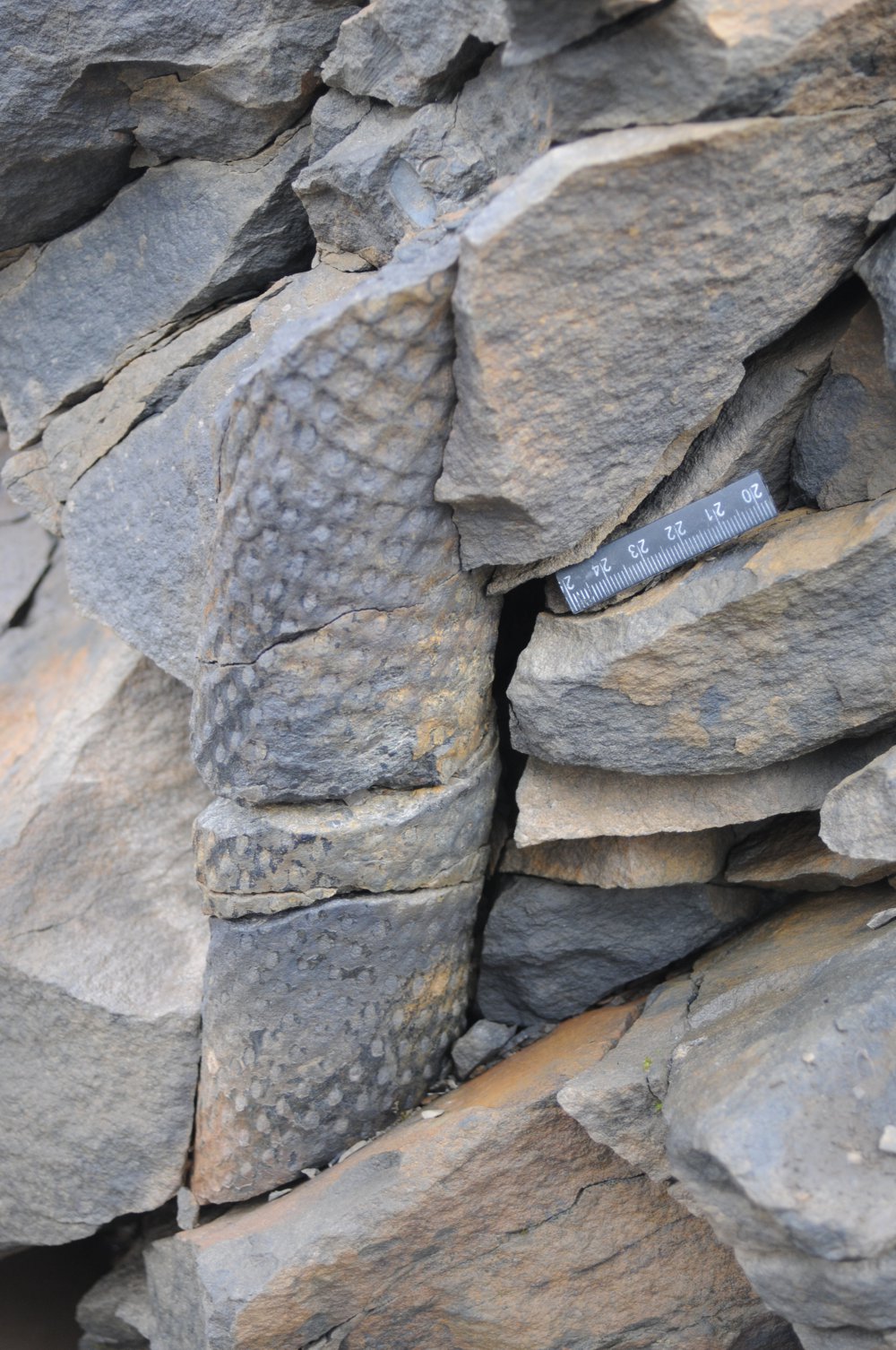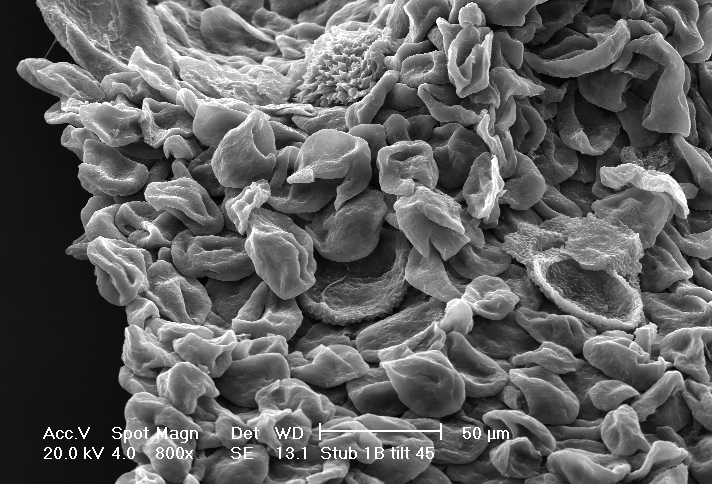In Photos: Fossil Forest Unearthed in the Arctic
On an island in the Arctic Sea, scientists found the remains of an ancient tropical forest estimated to be 385 million years old. Fossilized trunks and spores extracted from rocks helped researchers to piece together an early woodland scene. During the Devonian period in Earth's history, the appearance of forests is linked to dramatic changes across the planet. [Read the full story on the ancient forest discovery.]
Funky trunks
A reconstruction of what the ancient forest look liked 385 million years ago, drawn by Dr. Chris Berry, co-author of the study describing the fossil trees. (Credit: Chris Berry, Cardiff University)
Svalbard forest
Hundreds of millions of years ago, some of Earth's first trees had long, skinny trunks marked with diamond patterns. Their leaves were single-veined, like the leaves of modern evergreens. (Credit: Illustration by Chris Berry, Cardiff University)
Twelve in a row
Scientists designated three areas in the forest where fossil trees were the most visible, to conduct their investigation of the Svalbard trees. In this oblique view looking west, the rocky outcrop holds 12 numbered casts of upright lycopsid trunks. (Photo Credit: Cardiff University)
Get the world’s most fascinating discoveries delivered straight to your inbox.
Leaving an impression
This partial trunk fossil was cracked near its base, but two distinct patterns are still visible in the rock: oval leaf bases at the bottom and diamond-shaped leaf bases moving up the trunk toward the top. (Photo Credit: Cardiff University)
Lycopsid spore
Spores once shed by the forest's ancient trees were preserved in rocks. This is a microspore, or a land plant spore that develops male organs during its sexual phase, from a Svalbard forest tree. (Photo Credit: John E. A. Marshall, University of Southampton)
Microspore close-up
A fossil spore (Nikitinsporites spitsbergensis) from the Svalbard forest. Preserved spores like this one were extracted from rocks found at the site and their analysis showed scientists that the forest was 20 million years older than once thought. (Photo Credit: John E. A. Marshall, University of Southampton)
Magnifying a spore 'pocket'
Scanning electron microscope (SEM) image showing a fragment of a sporangium, a pocket in which spores form, found in mudstones below fossil tree stumps. (Photo Credit: Cardiff University)
Follow Mindy Weisberger on Twitter and Google+. Follow us @livescience, Facebook & Google+.

Mindy Weisberger is a science journalist and author of "Rise of the Zombie Bugs: The Surprising Science of Parasitic Mind-Control" (Hopkins Press). She formerly edited for Scholastic and was a channel editor and senior writer for Live Science. She has reported on general science, covering climate change, paleontology, biology and space. Mindy studied film at Columbia University; prior to LS, she produced, wrote and directed media for the American Museum of Natural History in NYC. Her videos about dinosaurs, astrophysics, biodiversity and evolution appear in museums and science centers worldwide, earning awards such as the CINE Golden Eagle and the Communicator Award of Excellence. Her writing has also appeared in Scientific American, The Washington Post, How It Works Magazine and CNN.









